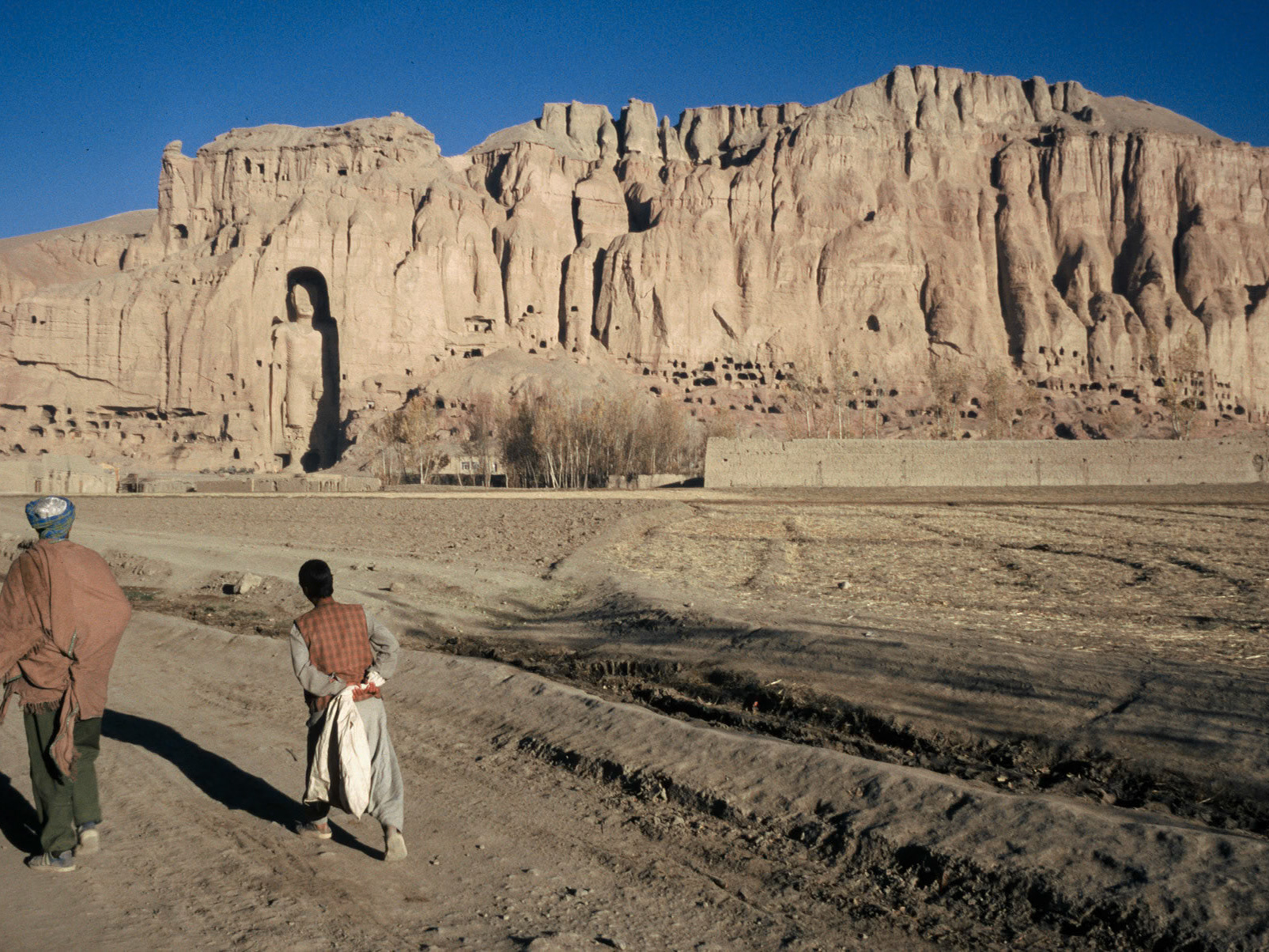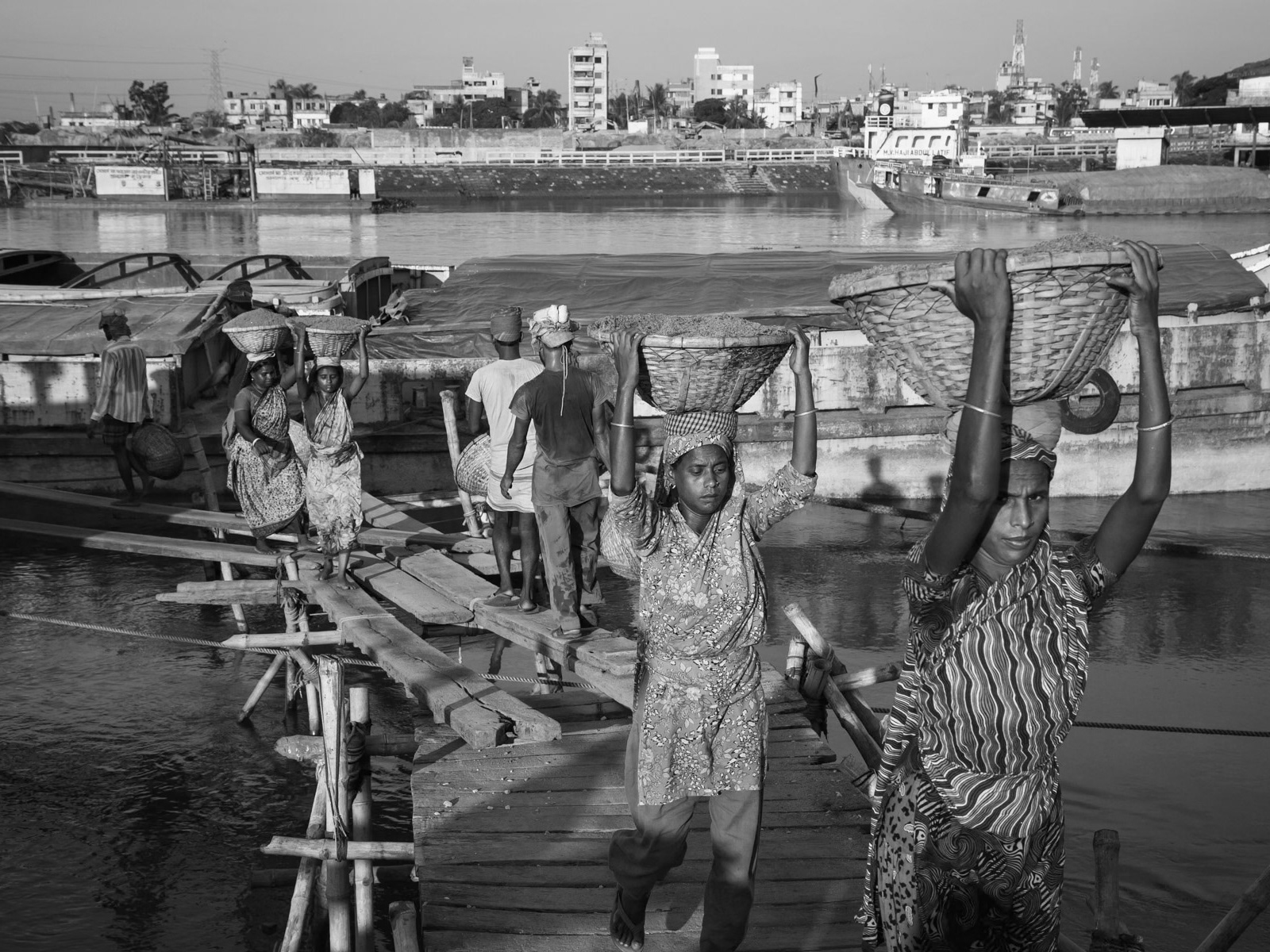Endangered species around the world are increasingly threatened by poaching, climate change, and human-induced habitat destruction. In Zambia’s national parks, iconic animals like elephants and rhinoceroses face illegal hunting for their tusks and horns, putting them at risk of extinction. Poaching is fueled by high demand for wildlife products in illegal markets, undermining conservation efforts.
In addition, climate change is exacerbating challenges for species, altering habitats and food availability. In the African savannas, rising temperatures and shifting rainfall patterns disrupt ecosystems, making survival harder for many species. This challenge is echoed in Borneo's rainforests, where orangutans, pygmy elephants, and other unique wildlife struggle as deforestation and palm oil plantations expand, reducing their habitat.
Human activities, such as mining and infrastructure development, are also contributing to the degradation of vital ecosystems. In Zambia, large-scale agriculture and logging encroach on protected areas, while Borneo’s rainforests are rapidly cleared for industrial agriculture. These changes displace animals, leaving them vulnerable to extinction.
Protecting biodiversity requires global cooperation to combat poaching, mitigate climate change, and safeguard habitats. Without urgent action, many of the world's most treasured species will face an uncertain future.
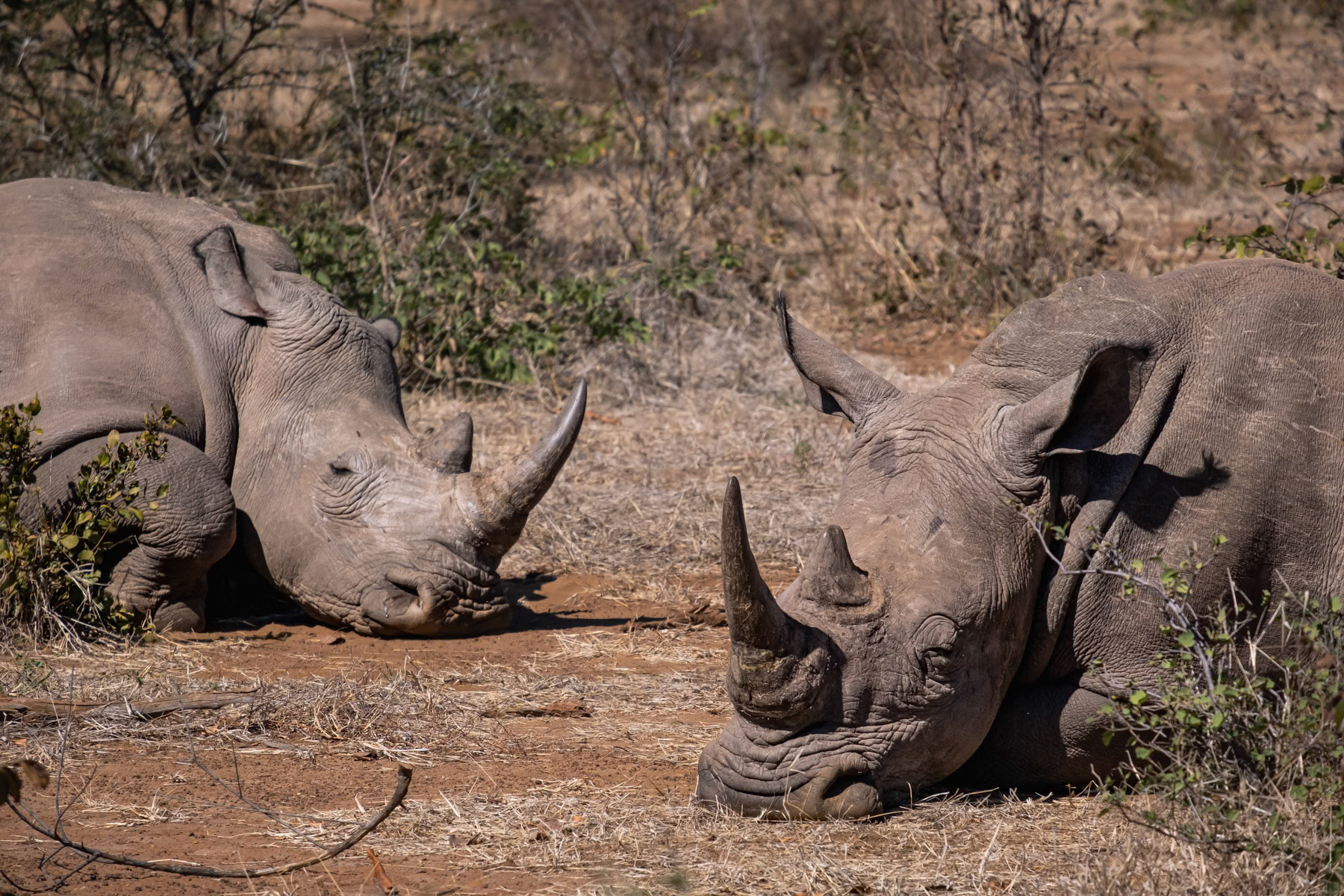
White rhinos in a 24/7 protected area within a National Park. Zambia had forty years ago over 12,000 rhinos, in 1998 they were declared extinct due to rampant poaching. To this day rhino horn fetch more than 10,000 usd on the black market with China as a primary destination. Only eight white rhinos remain in the park and are guarded by armed rangers 24/7. Mosi-Oa-Tunya National Park, Zambia, June 2021

Proboscis monkeys in their natural habitat of the Borneo rainforest. Ever expanding palm oil plantations are endangering their natural habitat and may soon reach a point of no return. Kinabatangan, Sabah, Eastern Malaysia, February 2024

Saltwater crocodile in the Kinabatangan river in the Tungog rainforest of Borneo. Sabah, Malaysia, February 2024

Proboscis monkeys in their natural habitat of the Borneo rainforest. Ever expanding palm oil plantations are endangering their natural habitat and may soon reach a point of no return. Kinabatangan, Sabah, Eastern Malaysia, February 2024

Chimpanzee and her sibling at an orphanage serving as shelter and sanctuary for animals that were removed from their natural habitat and later abandonned. Chimfunshi, Chingola, Zambia, May 2021

Elephant, Mosi-Oa-Tunya National Park, Zambia, June 2021

Orang Utan in captivity. With ever expanding palm oil plantations in lieu of the rainforest, the natural habitat of indigenous people and wildlife is being endangered beyond a point of no return. Indigenous people are being moved to settlements on the edge of the rainforest and wildlife is being 'safeguarded' in natural sanctuaries. Sandakan, Sabah in Eastern Malaysia, February 2024

Armed ranger protecting the eight white rhinos that remain in the park. Zambia had forty years ago over 12,000 rhinos, in 1998 they were declared extinct due to rampant poaching. To this day rhino horn fetch more than 10,000 usd on the black market with China as a primary destination. Only eight white rhinos remain in the park and are guarded by armed rangers 24/7. Mosi-Oa-Tunya National Park, Zambia, June 2021

White rhinos in a 24/7 protected area within a National Park. Zambia had forty years ago over 12,000 rhinos, in 1998 they were declared extinct due to rampant poaching. To this day rhino horn fetch more than 10,000 usd on the black market with China as a primary destination. Only eight white rhinos remain in the park and are guarded by armed rangers 24/7. Mosi-Oa-Tunya National Park, Zambia, June 2021
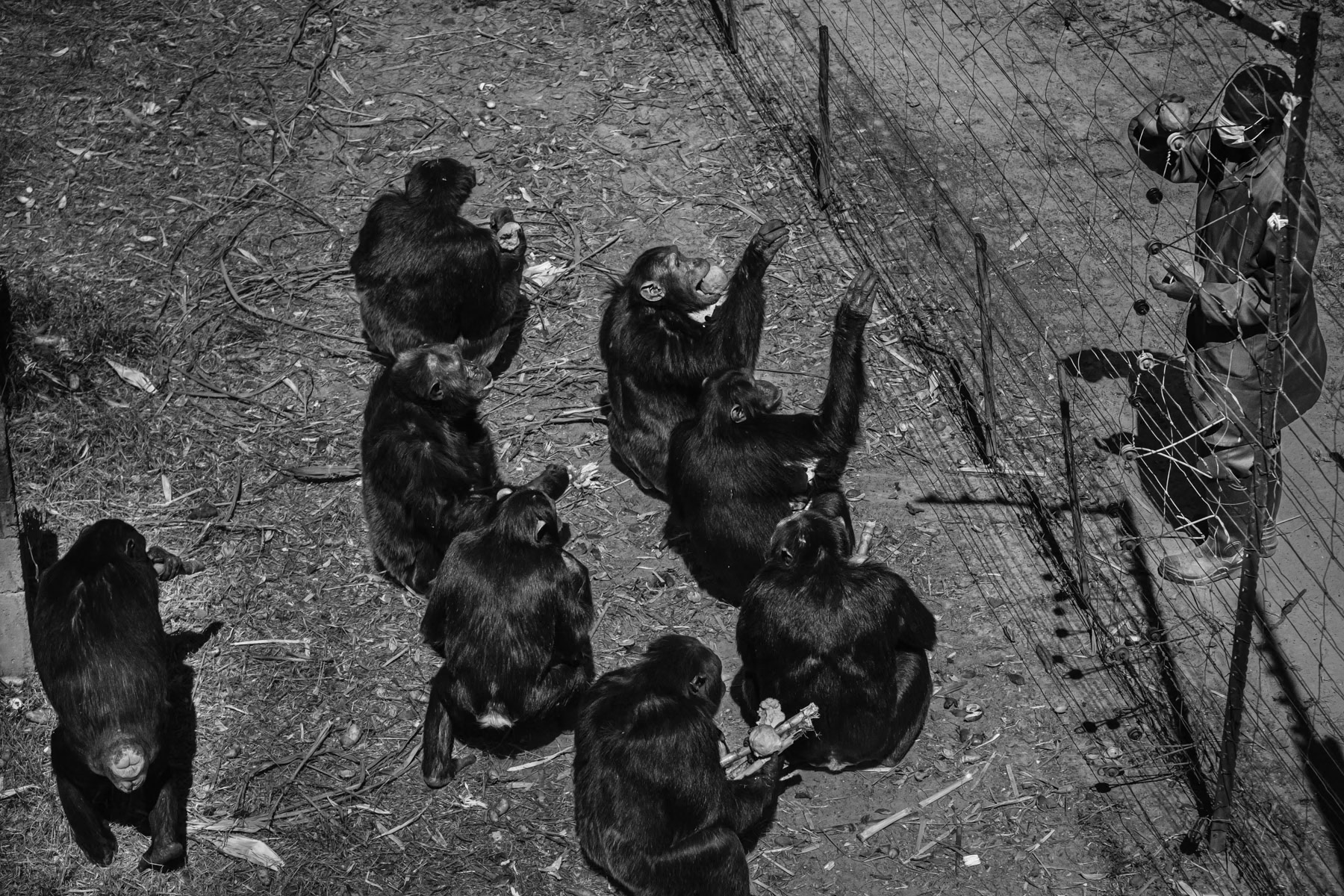
Chimpanzees being fed at an orphanage serving as shelter and sanctuary for animals that were removed from their natural habitat and later abandonned. Chimfunshi, Chingola, Zambia, May 2021

A couple of hornbill, Kinabatangan in Borneo, Malaysia, February 2024

Imphalas, Mosi-Oa Tunya National Park near Livingstone, Zambia, August 2021

Monkey in his natural habitat of the Borneo rainforest. Ever expanding palm oil plantations are endangering their natural habitat and may soon reach a point of no return. Kinabatangan, Sabah, Eastern Malaysia, February 2024

Victoria Falls, Livingstone, Zambia, June 2021
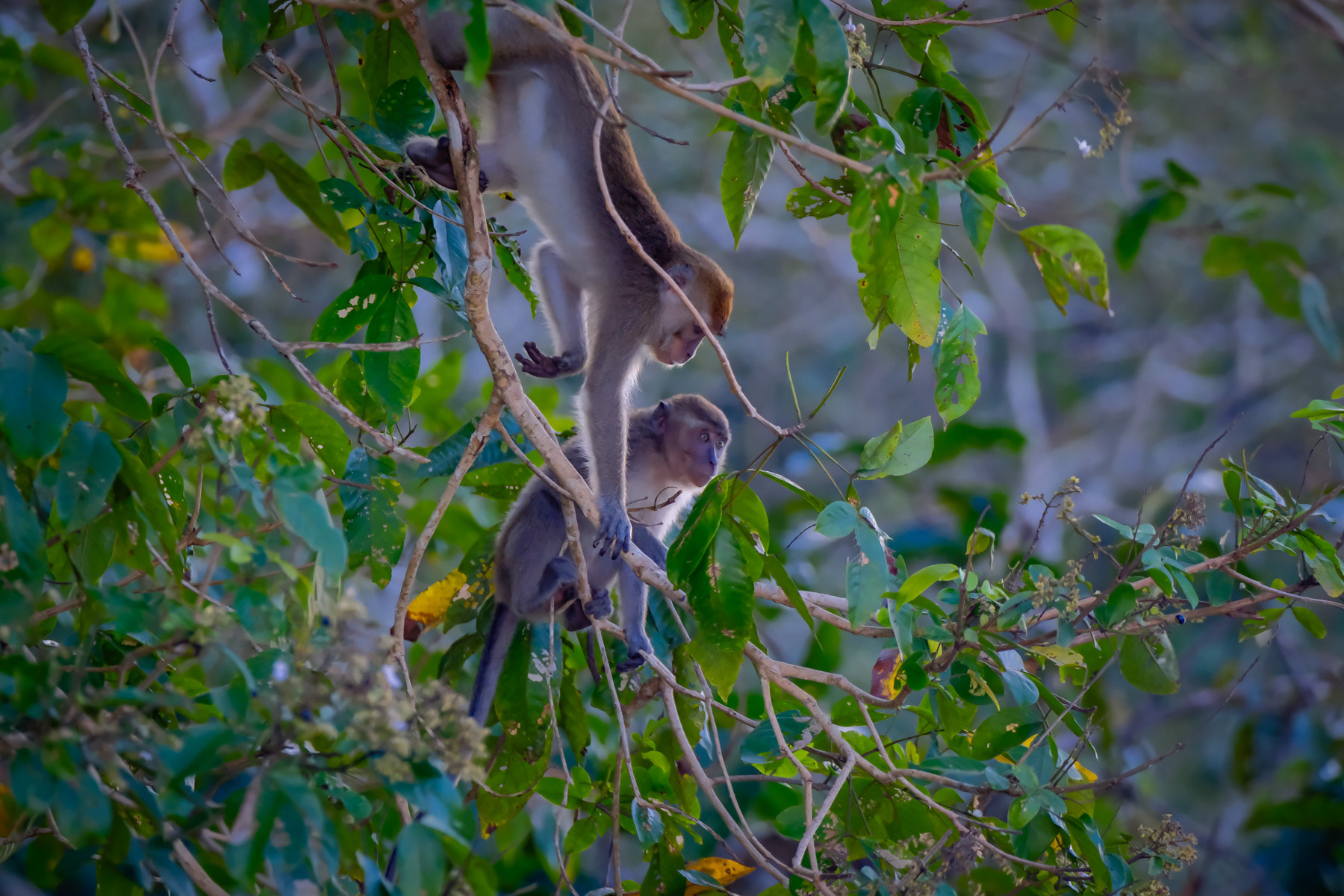
Long tailed macaque in his natural habitat, Tungog rainforest in Borneo, Sabah, Malaysia, February 2024
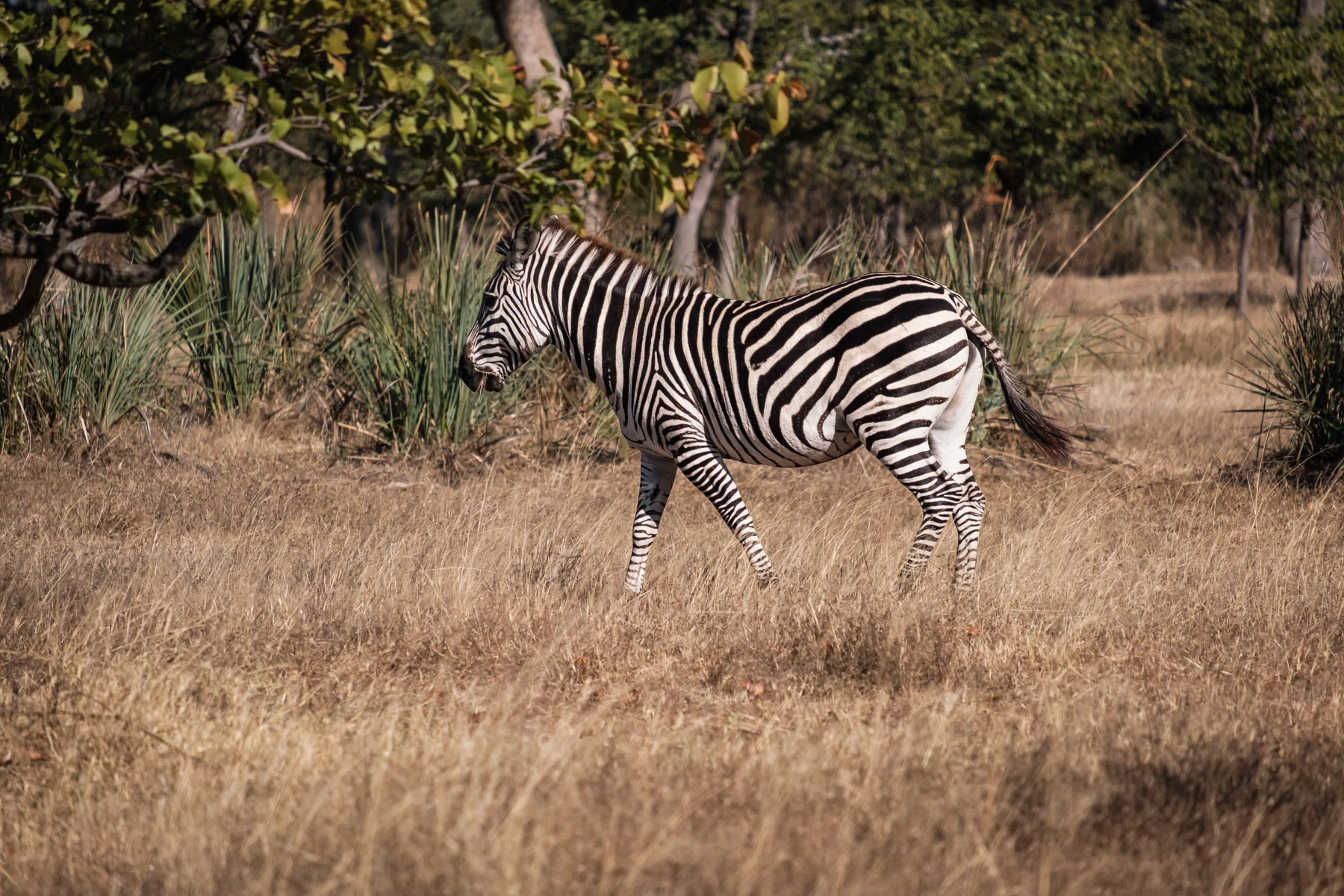
Zebra at the Mosi-Oa-Tunya National Park, Zambia, June 2021

Proboscis monkey in his natural habitat of the Borneo rainforest. Ever expanding palm oil plantations are endangering their natural habitat and may soon reach a point of no return. Kinabatangan, Sabah, Eastern Malaysia, February 2024

Saltwater crocodile in the Kinabatangan river in the Tungog rainforest of Borneo. Sabah, Malaysia, February 2024



